Knee
Medical Resources
13 Articles
- 1
- 2
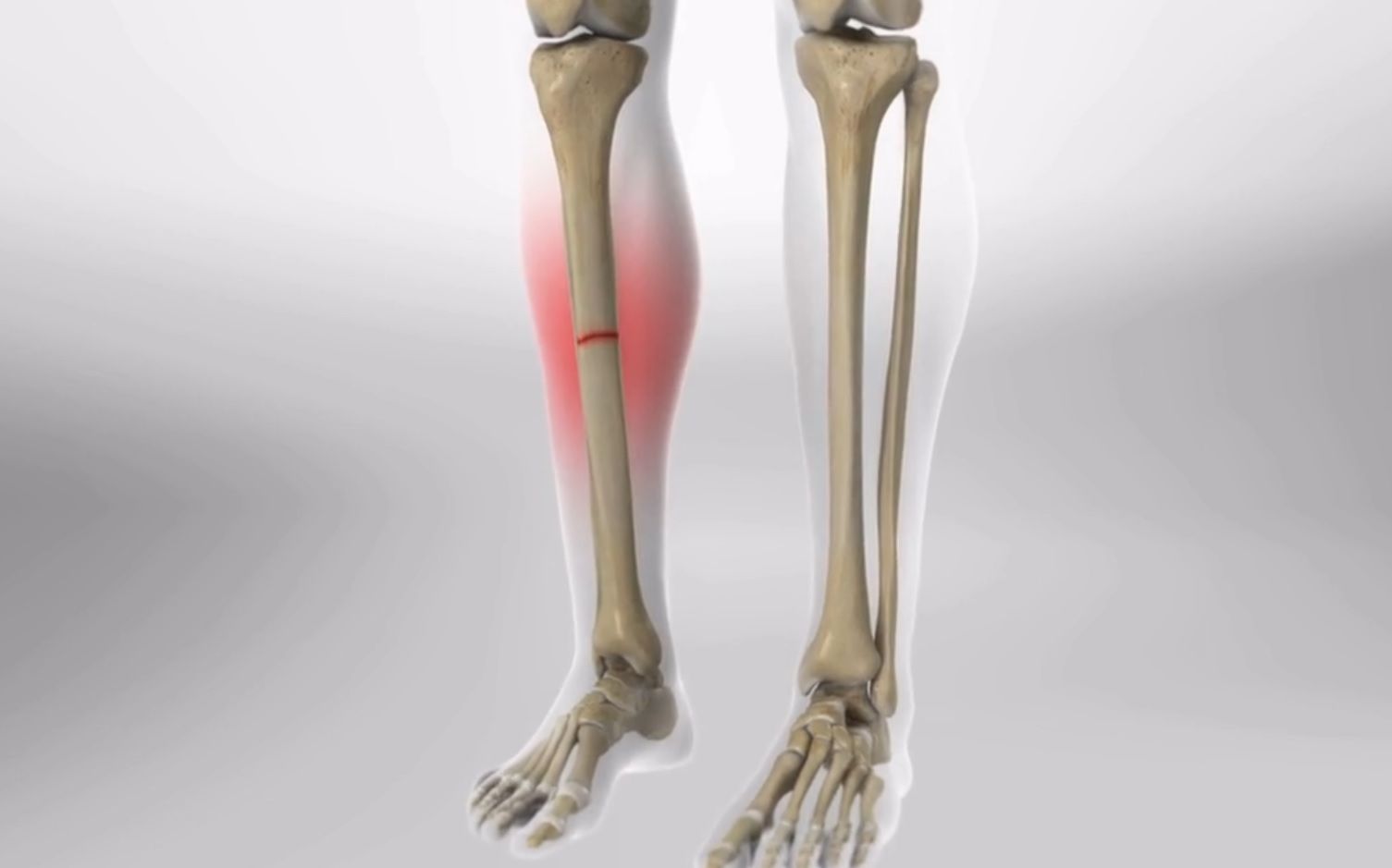
Tibia Fractures
Overview
The tibia is the larger of the two lower leg bones and is often called the shinbone. This strong bone supports most of your body weight, so fracturing the tibia can have painful consequences.
Causes
It takes a great deal of force to fracture a tibia. Car crashes and falls are a f…
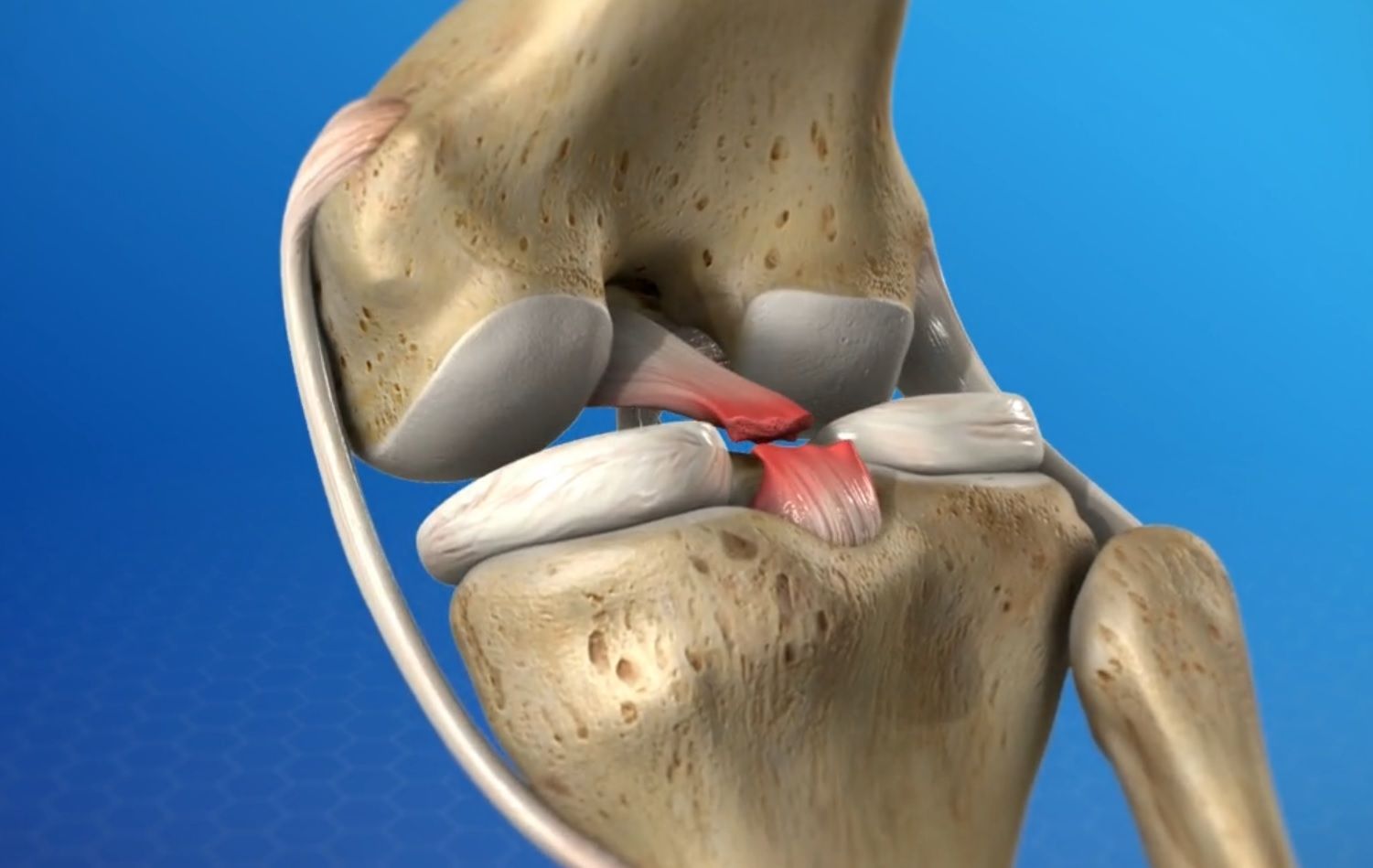
PCL (Posterior Cruciate Ligament) Injury
Overview
Your knee has four strong bands of tissue called ligaments that connect and stabilize the bones that form the joint. The posterior cruciate ligament, also called the “PCL.”, connects the femur to the tibia. Stretching or tearing your PCL will cause your knee to be painful and unstable…
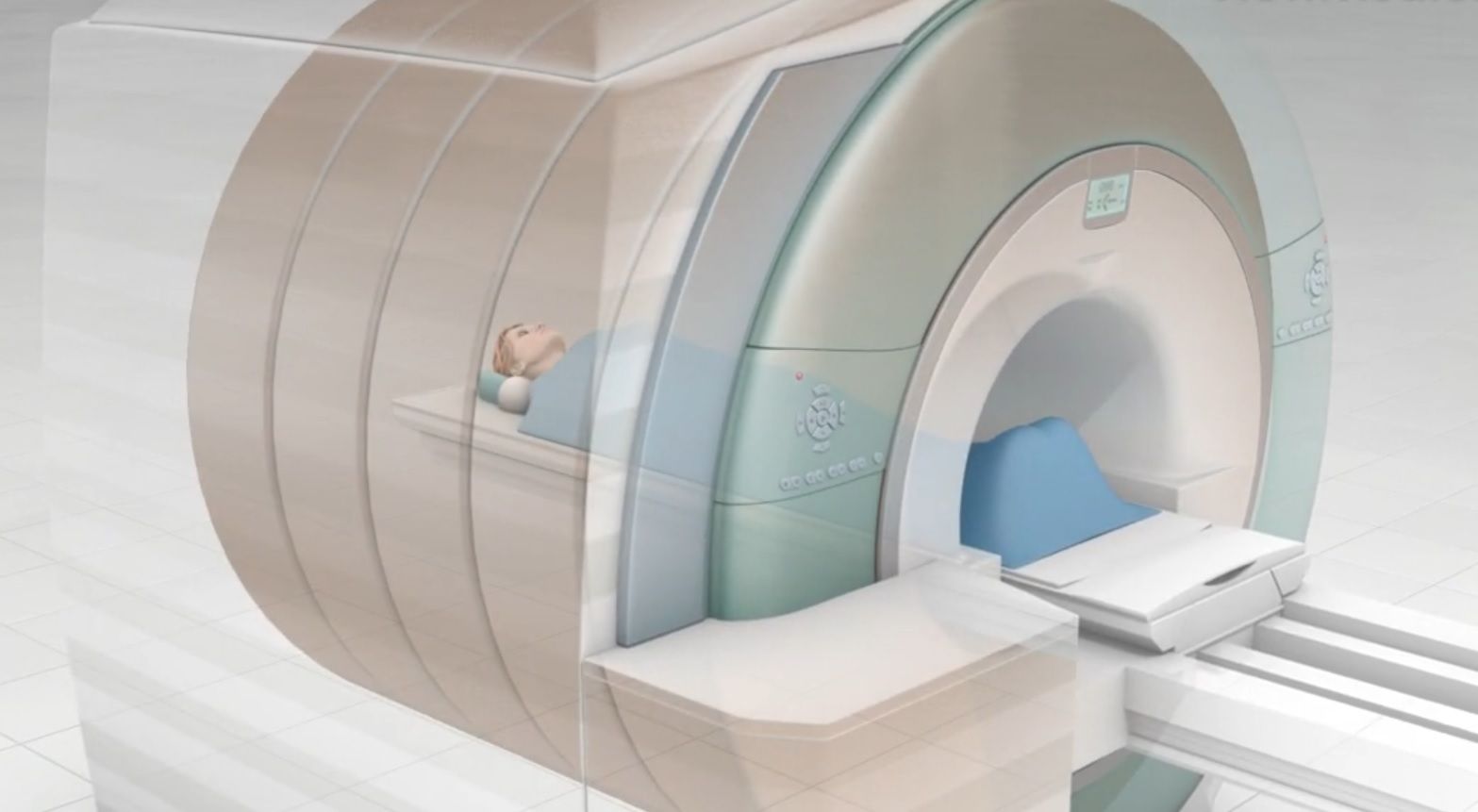
MRI (Magnetic Resonance Imaging)
Overview
A Magnetic Resonance Imaging (MRI) scan lets doctors see inside your body. Unlike x-rays that use radiation to show bony structures, MRIs use magnets and radio waves to show soft tissues.
Preparation
You will need to remove glasses, jewelry, hearing aids, dentures, and other item…
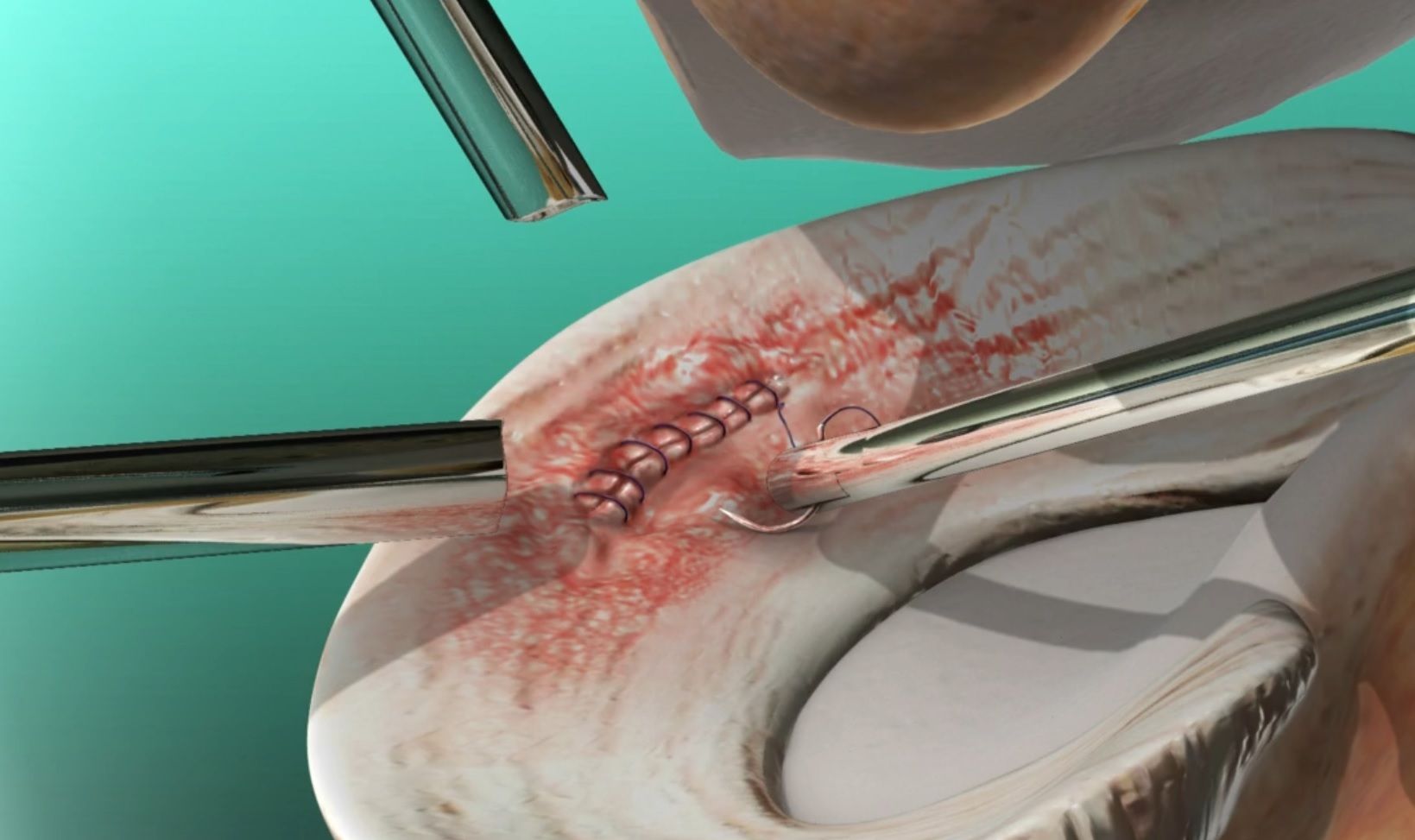
Meniscus Repair – Arthroscopic Surgery
Overview
Your knee joints have two c-shaped wedges of cartilage called menisci (singular, meniscus). These cushion the bones in your joint, absorb shock, and allow for smooth movement. Motions like twisting the knee can tear your meniscus. Arthroscopic surgery can help.
Preparation
To s…
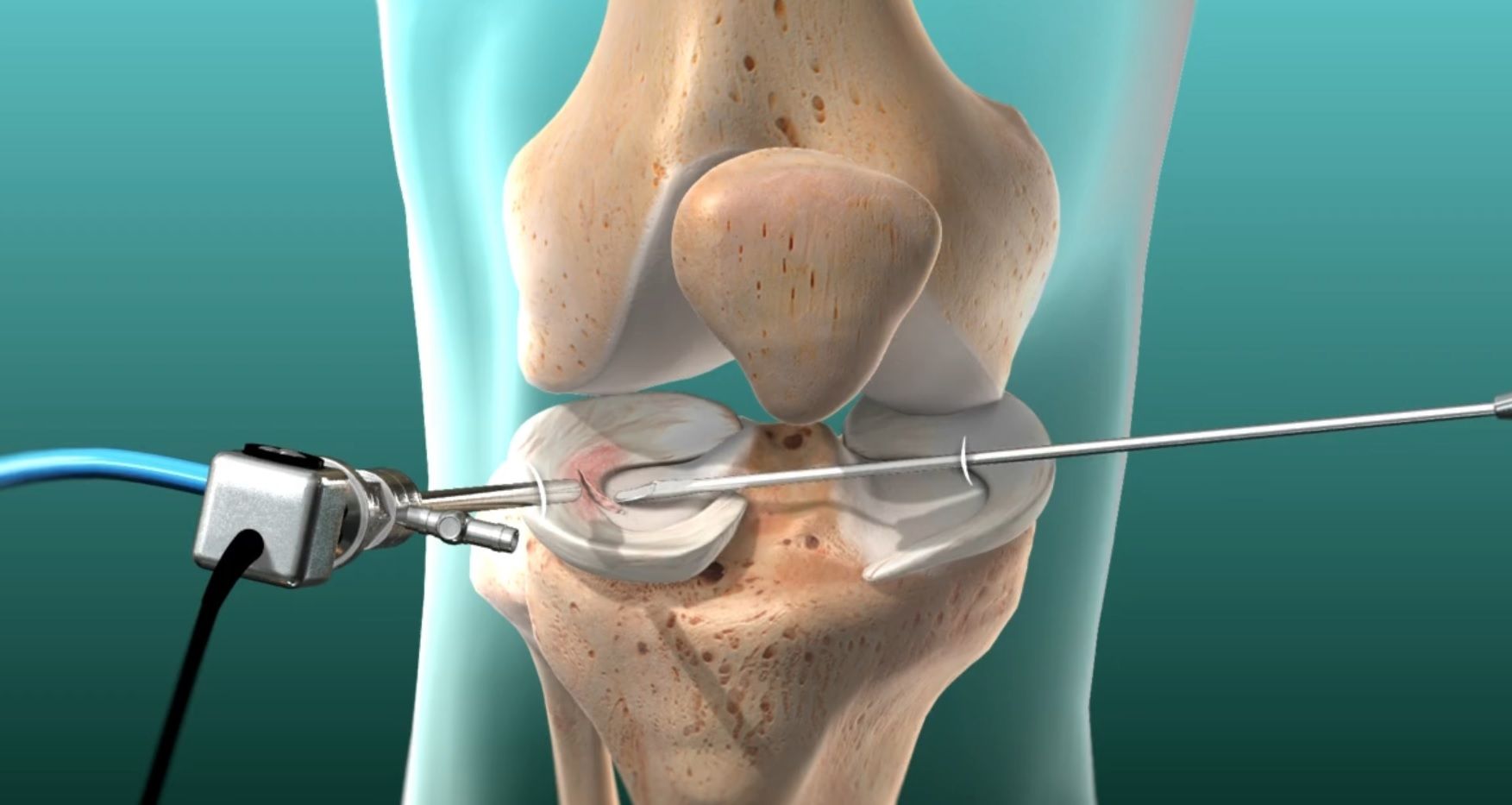
Meniscectomy (Partial)
Overview
The meniscus is a cushion of cartilage in your knee that absorbs shock and allows for smooth movement of the knee joint. There are two menisci in each knee. If one is worn out or damaged, you may need a partial meniscectomy to remove the damaged areas.
Preparation
Your knee is nu…
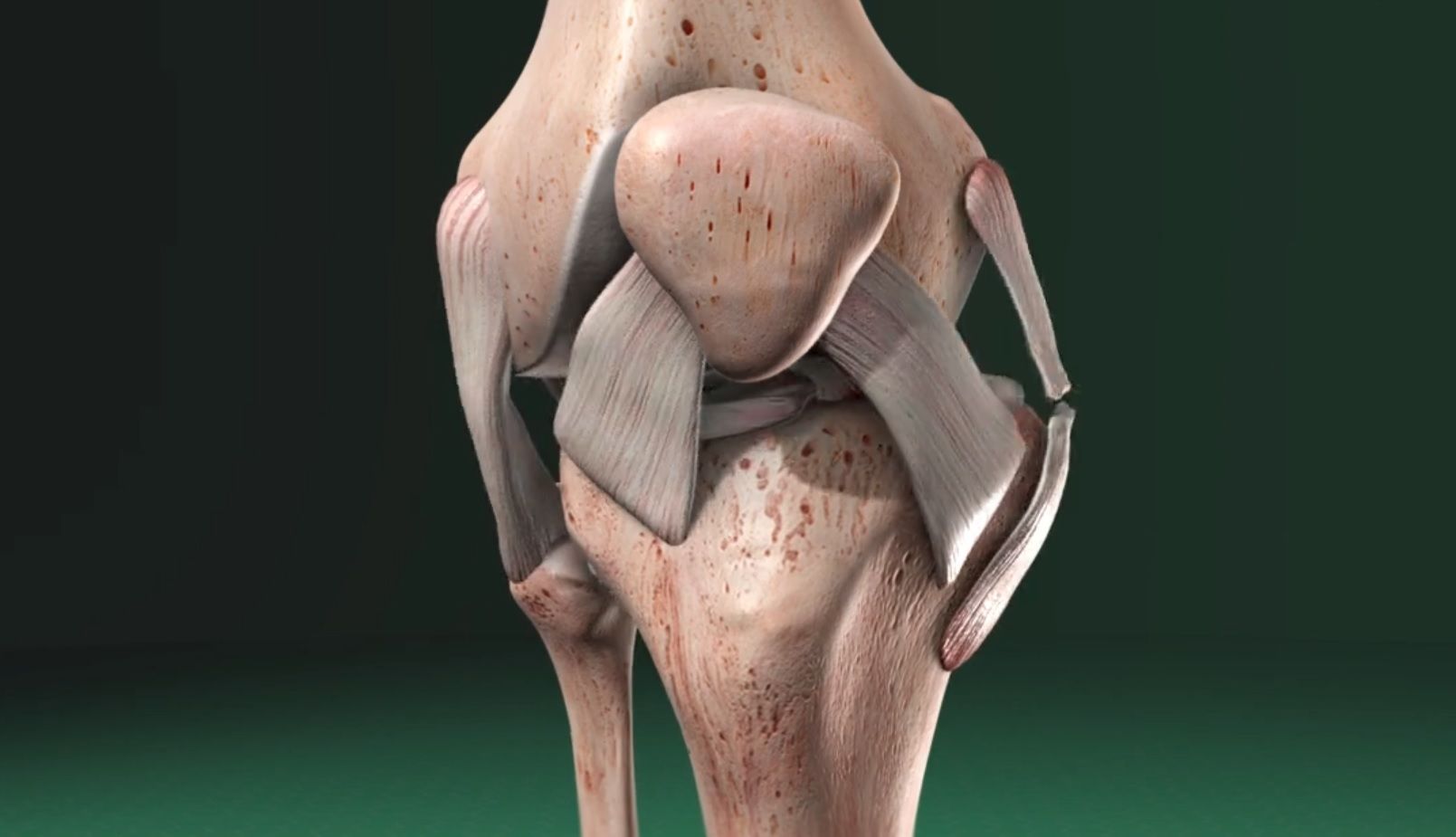
MCL (Medial Collateral Ligament) Injury
Overview
The medial collateral ligament, commonly called the “MCL”, is on the inner side of your knee, connecting to the femur and to the tibia. The MCL stabilizes your knee by working with the lateral collateral ligament (LCL) to prevent excessive side-to-side movement of your knee joint. The me…

Loose Body Removal (Knee)
Overview
Loose Body Removal is a minimally-invasive, outpatient procedure that removes debris from within the knee joint. These loose bodies are usually pieces of bone, cartilage, or other tissues that have broken free from their normal anatomical positions and are floating within the joint.
&nbs…
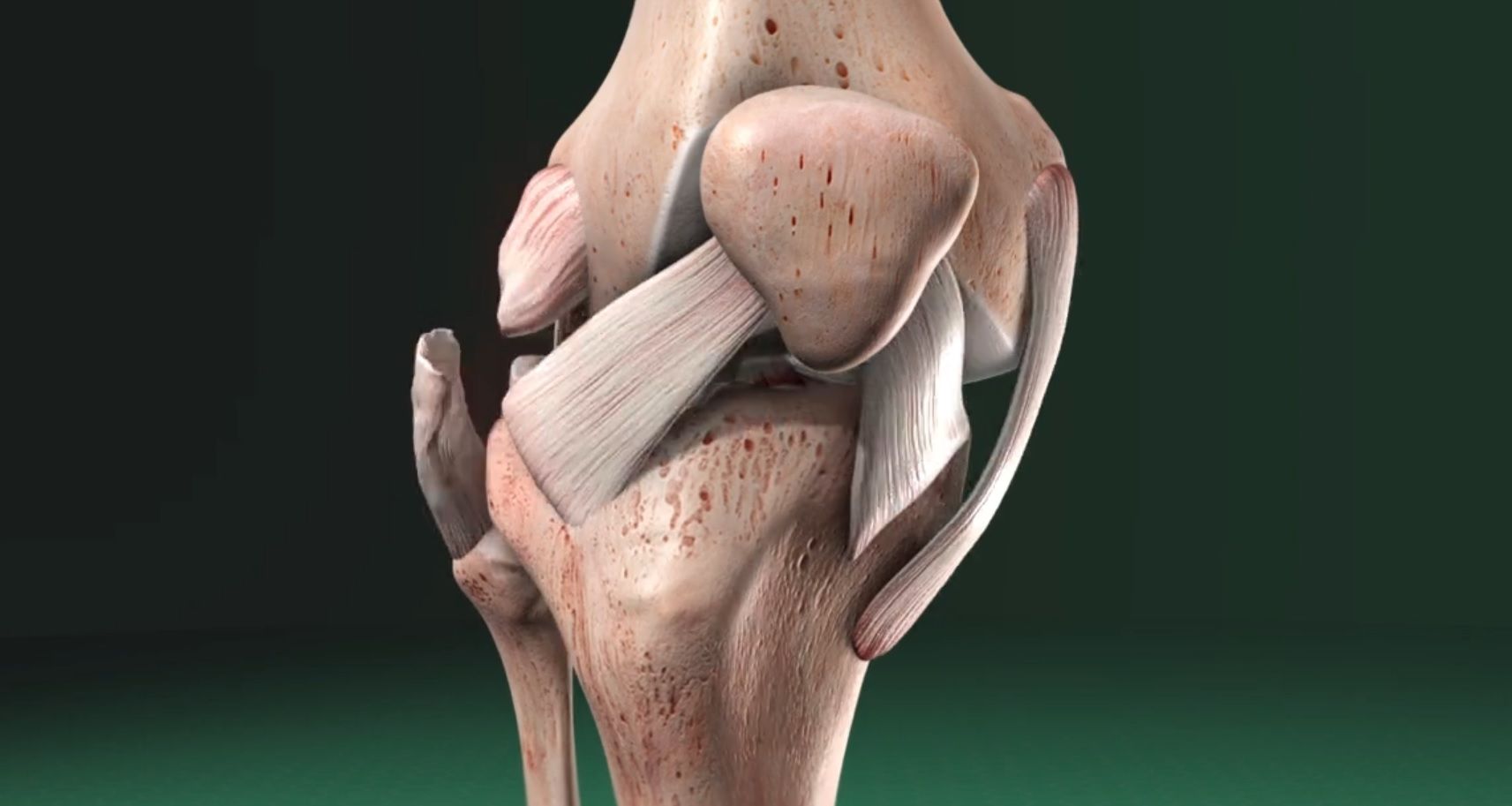
LCL (Lateral Collateral Ligament) Injury
Overview
The lateral collateral ligament (LCL) is on the outer side of your knee and connects the femur to the fibula. The LCL helps stabilize your knee by working with the medial collateral ligament (MCL) to limit side-to-side knee joint movement. The LCL helps keep the upper and lower leg alig…
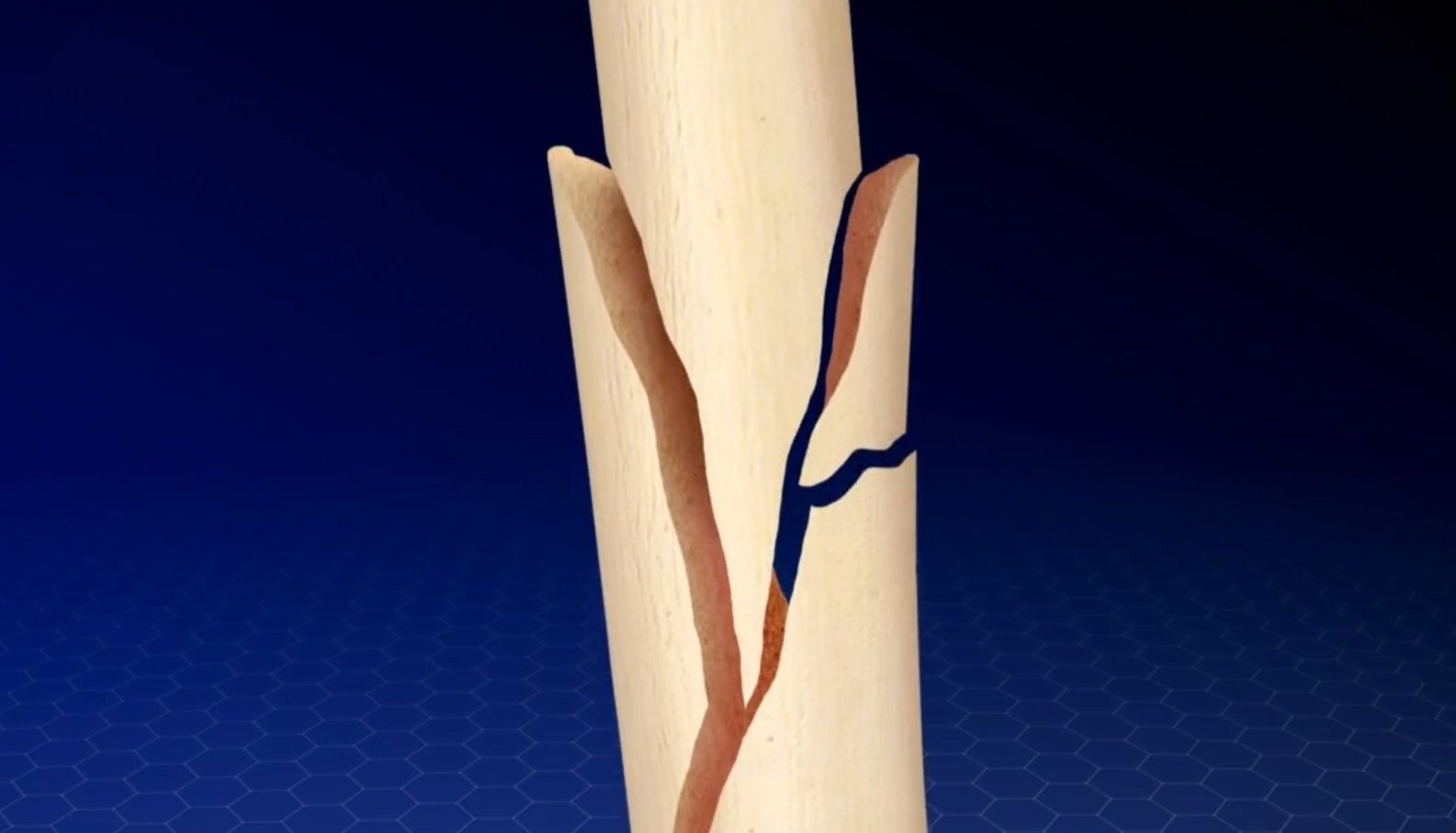
Femur Fracture
Overview
The femur, commonly known as the “thigh bone”, is the largest and strongest bone in your body.
Causes
A direct blow to your thigh can fracture your femur, as can a vehicle crash or fall. Conditions that weaken your bones, like osteoporosis, make a fracture more likely.
Typ…

Chondroplasty – Arthroscopic Surgery
Overview
This outpatient surgery repairs a small area of damaged cartilage (chondyle) in the knee by removing the damaged tissue so healthy cartilage can grow in its place. This surgery uses small incisions at the knee as access points for the surgical tools and a small video camera (arthroscope…
- 1
- 2
